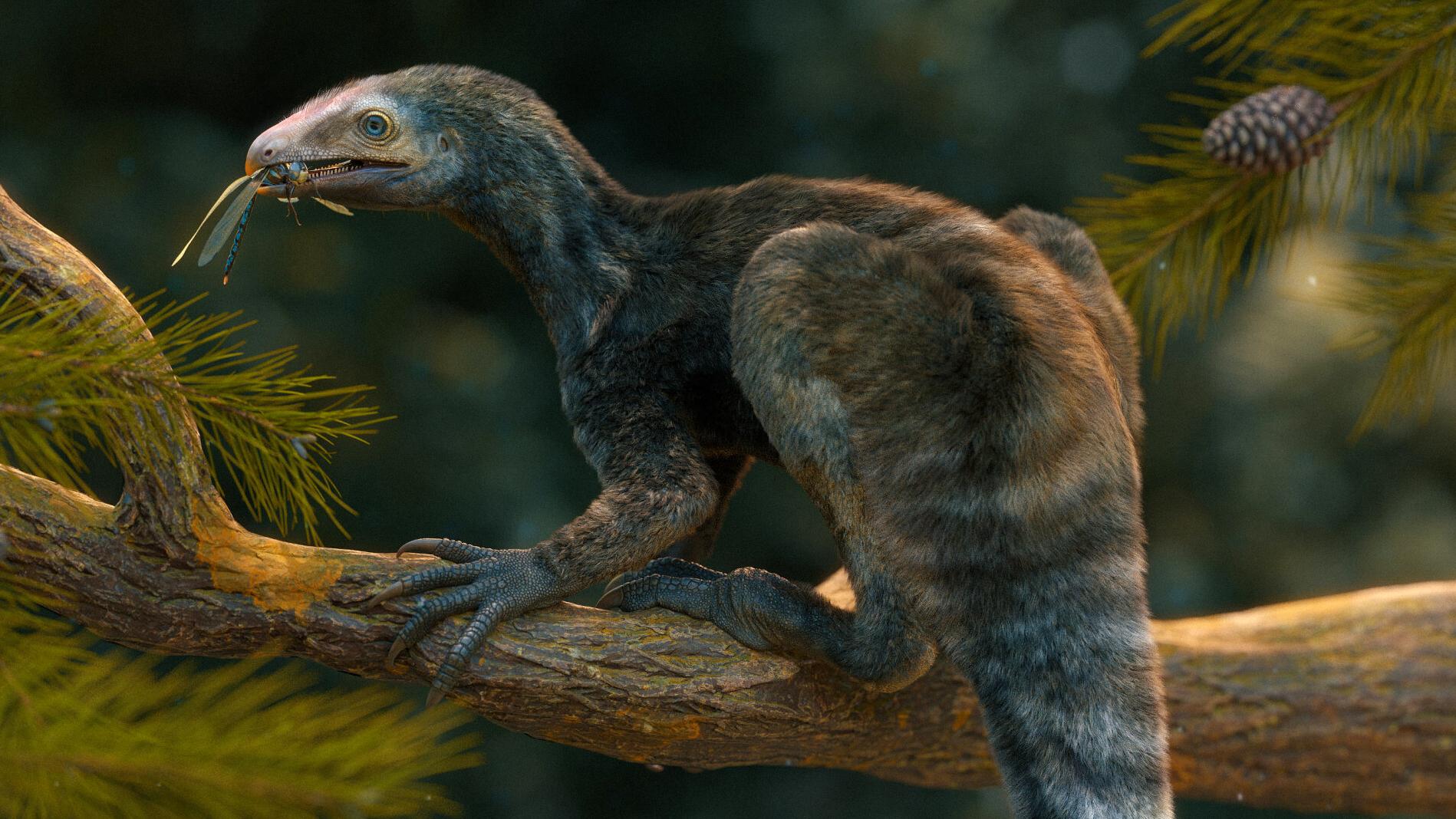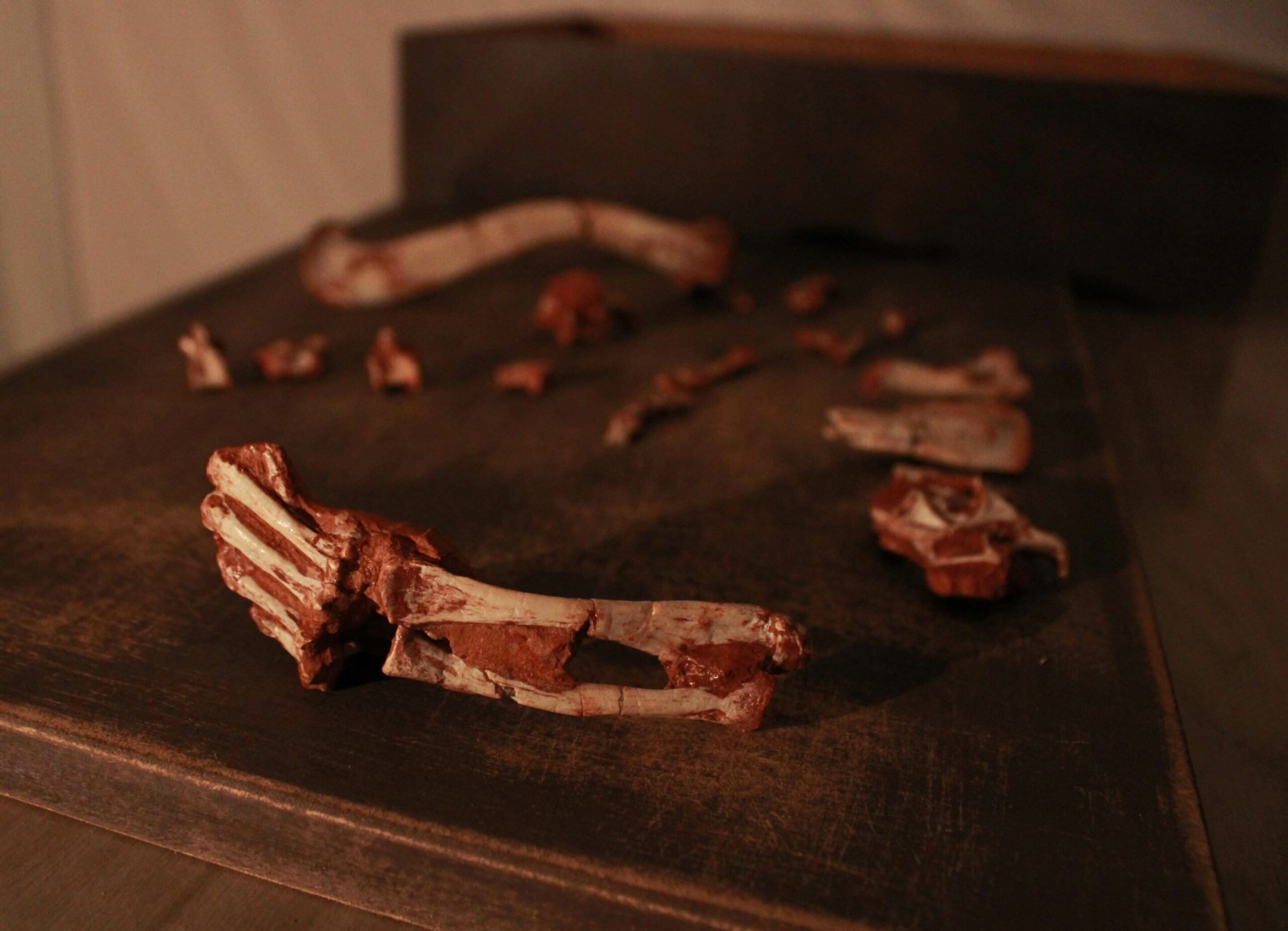A prehistoric reptile with large hands and long, sword-like claws has been discovered in the southern region of Brazil. According to Rodrigo Muller, a paleontologist from Federal University of Santa Maria in Brazil, the creature’s “hands and claws, which look a bit like those of Edward Scissorhands, may have been used to catch prey or climb trees,”

Muller and his cohorts stumbled across the fossilized remains of the reptile in a rice farm located in Rio Grande do Sul in the south of Brazil.
This peculiar lifeform existed about 230 million years back in the Triassic era (from 252 to 201 million years ago). It featured a large, sharp beak that most likely allowed it to feed on insects, fruits, and other creatures like lizards, as Muller noted. Its claws were probably used for climbing and preparing meals.
In homage to its striking raptor-like beak and powerful grasping claws, the researchers christened the reptile as “Venetorapter gassenae.”
Based on the analysis of the remains of the skeleton, scientists have calculated that V. gassenae would have been approximately 27.5 inches (70 centimeters) in height and roughly 39 inches (1 meter) in length. The bone structure was also indicative of it being of an adult age, according to Muller.

With feather-like fur and a long tail, V. gassenae is a type of lagerpetid — a group of reptiles that were precursors to pterosaurs, flying reptiles that dominated the sky during the time of the dinosaurs.
Muller noted that the fossilized right hand of V. gassenae has an elongated fourth digit, something that has not been seen before in other lagerpetids, suggesting its close relation to pterosaurs.
“This elongated fourth digit supports the wings in pterosaurs, so V. gassenae may represent the transition of lagerpetids towards pterosaurs,” according to the author.
Muller pointed out that lagerpetids were often considered to have less anatomical variation than pterosaurs and dinosaurs. But by analyzing the shape and size of fossils from 18 dinosaur and 10 pterosaur species, along with their reptilian precursors — including V. gassenae — the team found that lagerpetids may have been as diverse as pterosaurs and more diverse than the dinosaurs that roamed during the Triassic period.
Muller believes that discovering additional fossils of V. gassenae could help us gain a better understanding of its dietary habits, physical characteristics, and habitat.
The study originally published in the journal Nature. 16 August 2023.




